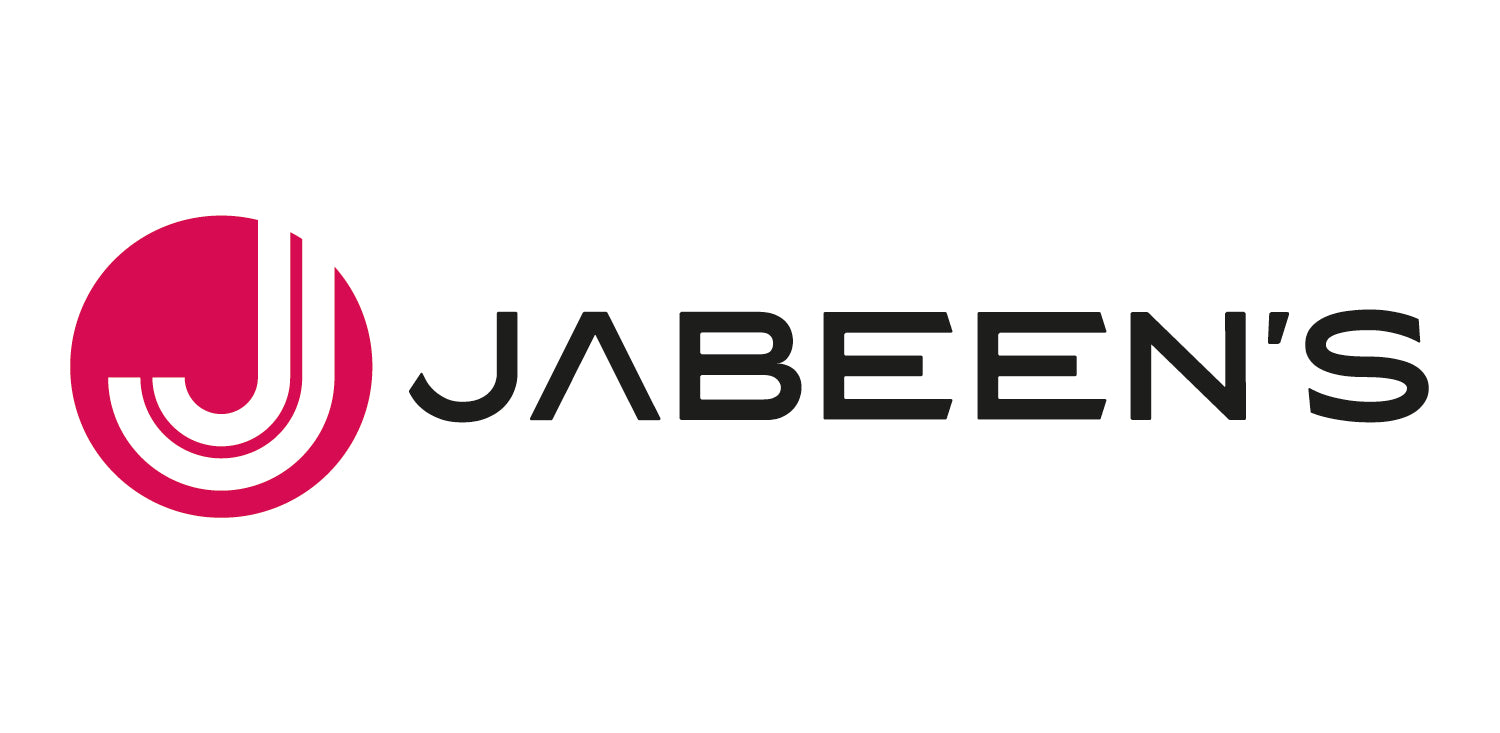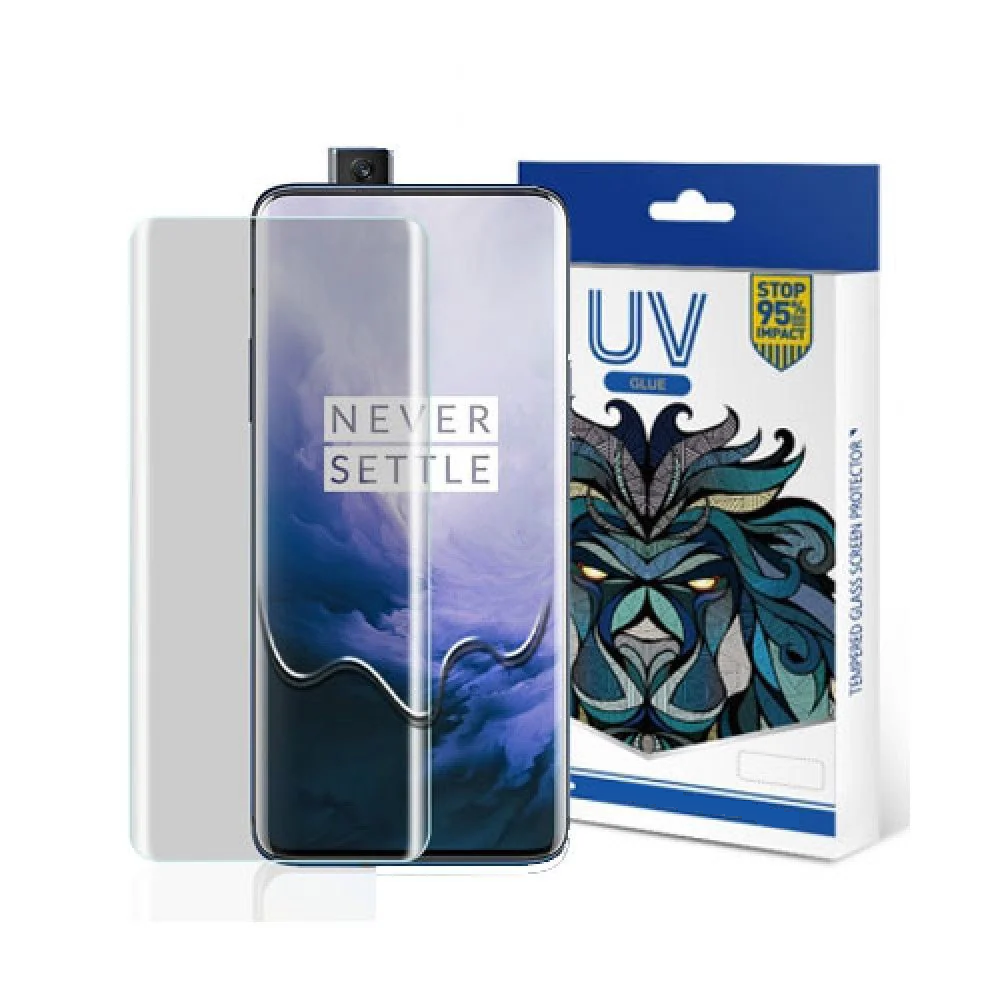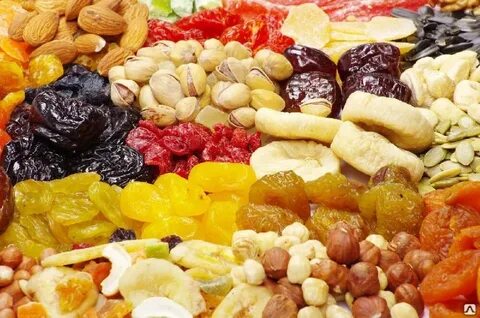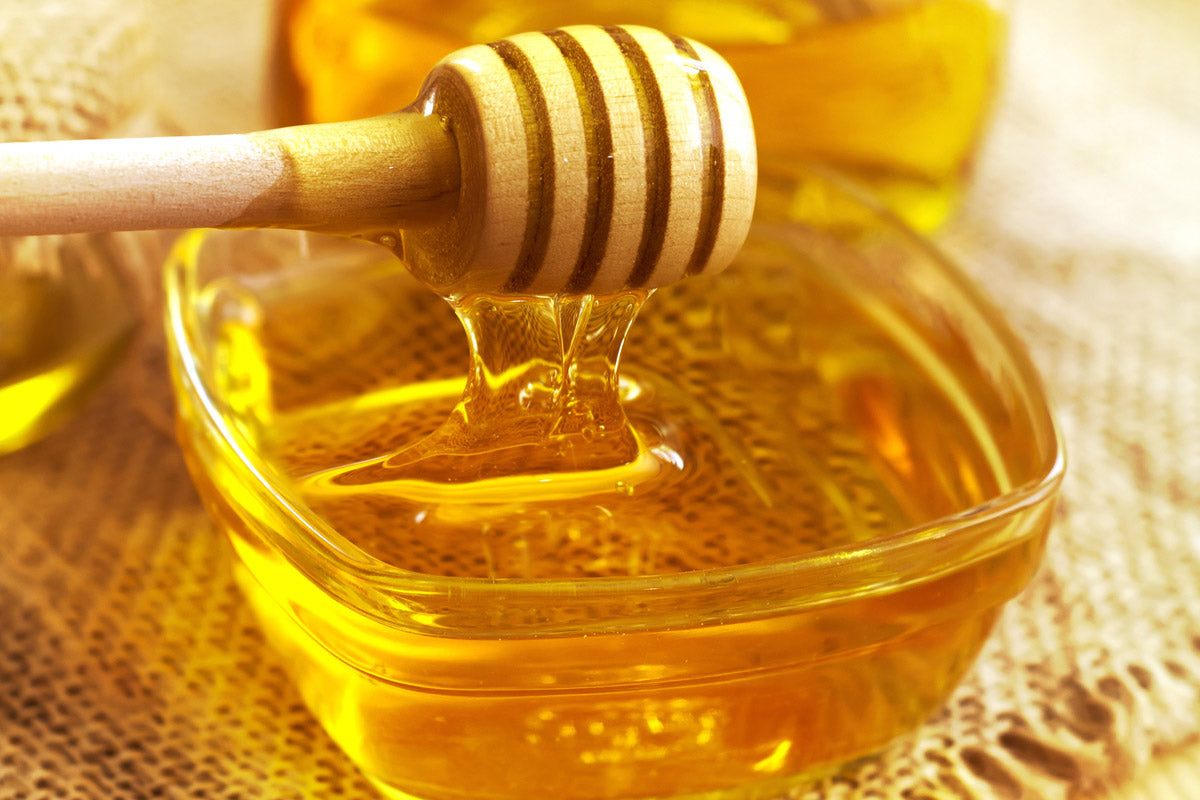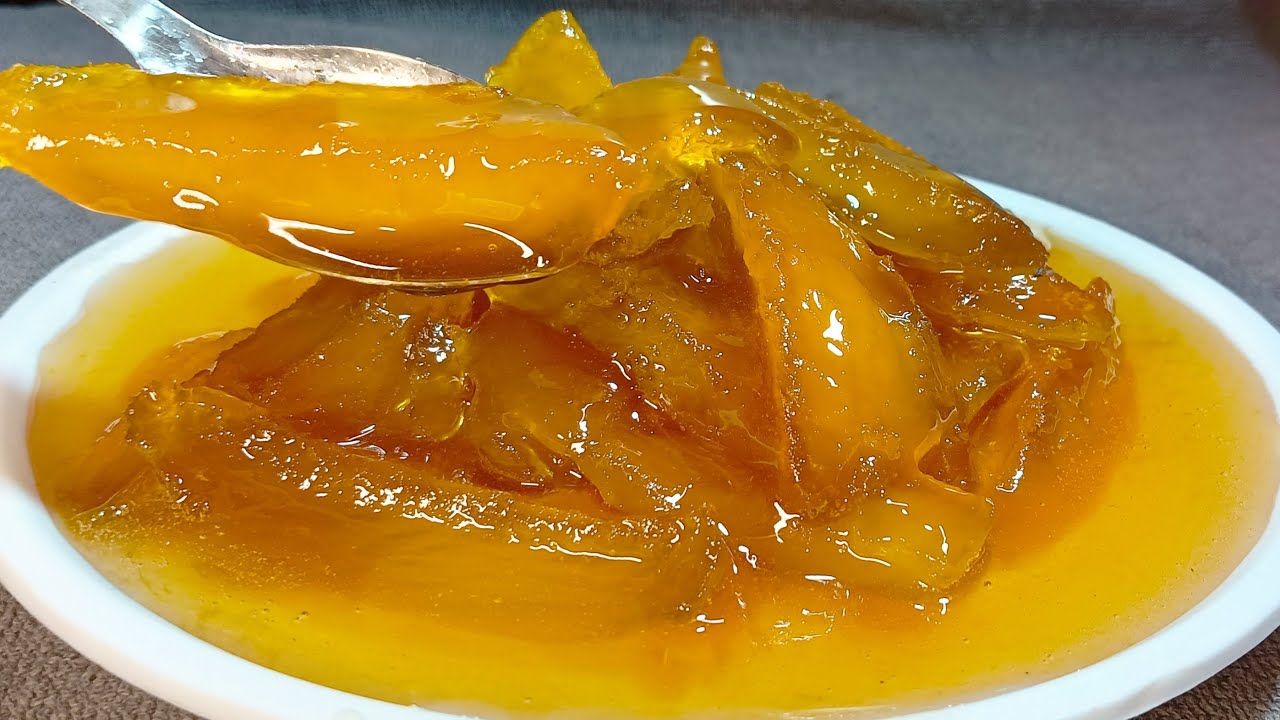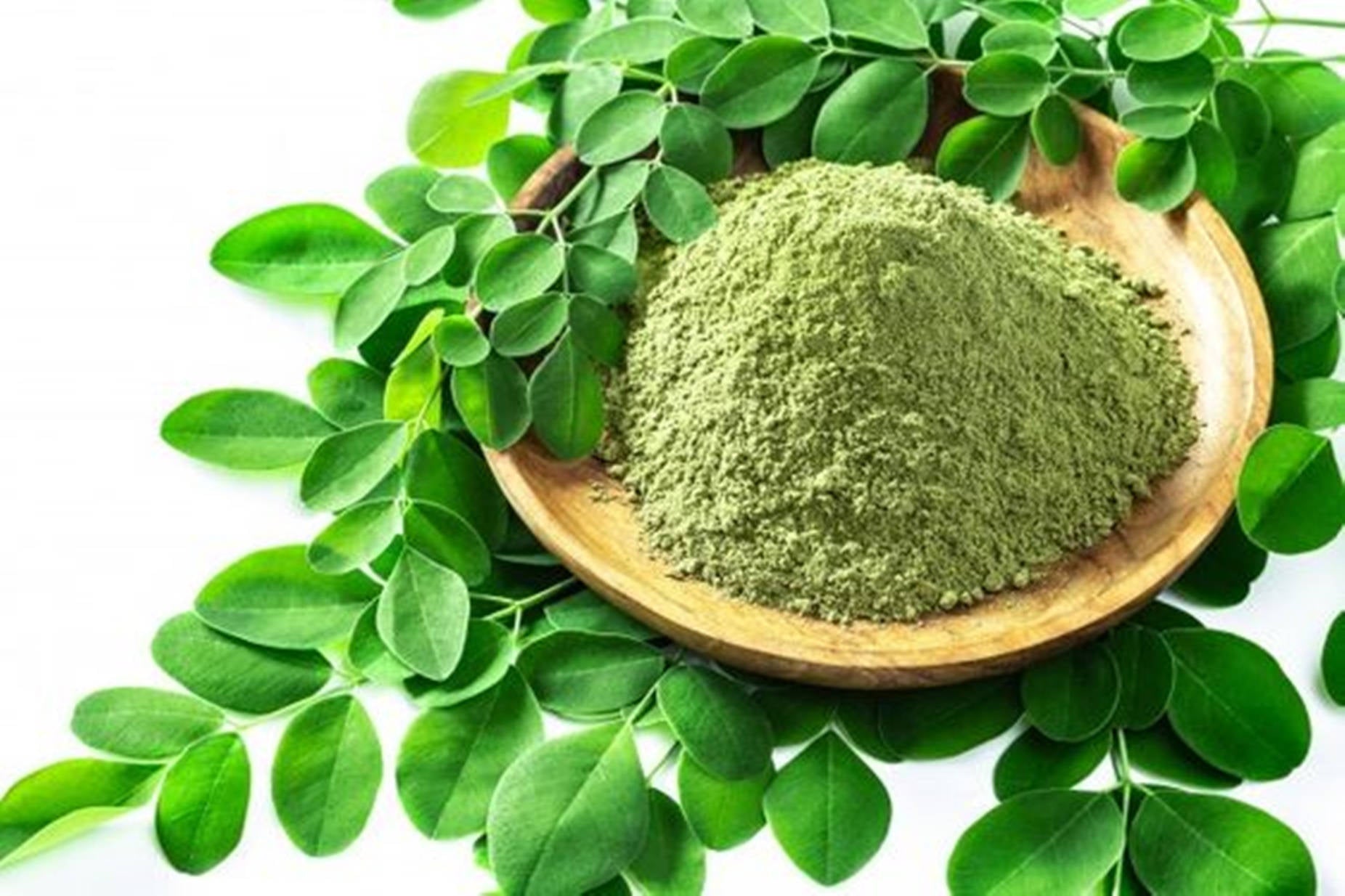
9 Online Organic Superfoods That Work as Natural Dyes
Share
Online organic superfoods aren't just powerhouses of nutrition – they can also be your secret weapon for creating vibrant, natural dyes! Imagine coloring your clothes, fabrics, or even Easter eggs with ingredients straight from your pantry.
This blog explores 9 online organic superfoods that are both good for you and amazing for natural dyeing:
- Beetroot (Red):
Beetroot's deep red hue makes it a fantastic natural dye. Here's what you need to know:
- Rich Color: Beetroot powder or grated fresh beetroot can produce a range of red shades, from a soft pink to a deep burgundy, depending on the concentration used.
- Best for: Natural fibers like cotton, wool, and silk take well to beetroot dye.
- Online Availability: Many online retailers offer organic beetroot powder or dehydrated beetroot slices.
- Turmeric (Yellow):
Turmeric, a golden spice known for its health benefits, can also be used to create beautiful yellow hues:
- Sunshine Shades: Turmeric powder yields a range of yellow tones, from a pale lemon to a rich mustard yellow.
- Best for: Natural fibers like cotton, linen, and silk work well with turmeric dye.
- Online Options: Organic turmeric powder is readily available from various online stores.
- Blueberries (Blue and Purple):
These antioxidant-rich berries can be used to create stunning blue and purple shades:
- Color Variations: The resulting dye color depends on the type of blueberry used. Expect blue hues from blueberries and purples from blackberries.
- Best for: Natural fibers like cotton and silk work best for blueberry dye. A mordant (a substance that helps fix dye) might be needed for richer colors.
- Online Selection: Frozen organic blueberries are a convenient option for dyeing.

- Coffee (Brown):
Leftover coffee grounds can be transformed into a natural brown dye:
- Earthy Tones: Coffee grounds produce a range of brown shades, depending on the bean type and brewing strength.
- Best for: Natural fibers like cotton, linen, and wool readily absorb coffee dye.
- Eco-Friendly Option: Using leftover coffee grounds is a sustainable way to create a natural dye.
- Red Cabbage (Purple and Blue):
Red cabbage packs a colorful punch, offering various shades of purple and blue:
- Color Spectrum: The resulting dye color depends on the acidity of the dye bath. Acidic solutions produce blue hues, while alkaline solutions create purples.
- Best for: Natural fibers like cotton, wool, and silk work well with red cabbage dye.
- Online Ordering: Organic red cabbage can be easily purchased online for natural dyeing projects.
- Pomegranate Peels (Red and Orange):
Don't toss those pomegranate peels! They can be used to create beautiful red and orange dyes:
- Natural Color Palette: Pomegranate peels yield a range of red and orange shades, depending on the boiling time and the use of a mordant.
- Best for: Natural fibers like cotton, wool, and silk are suitable for pomegranate peel dye.
- Sustainable Dyeing: Using leftover pomegranate peels is a resourceful way to create natural dyes.
- Paprika (Orange and Red):
Paprika, a common spice, can be used to create vibrant orange and red hues:
- Warm Tones: Paprika powder produces warm orange and red tones, depending on the paprika variety used (sweet or smoked).
- Best for: Natural fibers like cotton, linen, and silk work well with paprika dye.
- Online Options: Many online retailers offer organic paprika powder for culinary and dyeing purposes.
- Hibiscus Flowers (Red):
Hibiscus flowers, known for their vibrant color, can be used to create stunning red dyes:
- Bold and Beautiful: Hibiscus flowers produce a rich red dye that can be intensified with a mordant.
- Best for: Natural fibers like cotton, linen, and silk are suitable for hibiscus flower dye.
- Online Availability: Dried organic hibiscus flowers can be found at many online stores specializing in herbs and teas.
Wrap Up
With a little creativity and these online organic superfoods, you can go on for a healthy adventure. Explore nature's vibrant colors and create beautiful, eco-friendly textiles, crafts, and even naturally dyed Easter eggs! Remember, the possibilities are endless when you adopt the power of natural dyes!
- 2025 tech accessories
- Acacia Honey
- affordable gaming headsets
- affordable LED lights
- affordable makeup remover Pakistan
- Affordable smartwatches in Pakistan
- AirPods Pro price Pakistan
- Ajwa dates Pakistan
- Akhrot price in Pakistan
- almond oil
- almonds for brain health
- Almonds price in Pakistan
- Almonds Price Pakistan
- almonds wholesale rates
- alsi ke beej benefits
- Amla Murabba
- amla oil
- and kids Online Shopping
- Android accessories
- Anjeer benefits
- Anjeer for diabetes
- Anker power bank
- Anker power banks
- anti-aging creams
- Apple Murabba
- Apple Watch Series 9
- apricots in Pakistan
- basil seeds for diabetes
- basil seeds for skin
- basil seeds for weight loss
- basil seeds in Pakistan
- battery life extension
- best almonds in Pakistan
- best apricot prices
- best basil seeds brand
- best battery brands
- best Bluetooth headsets
- best bluetooth neckband 2025
- Best Bluetooth Speakers 2025
- Best Bluetooth Speakers in Pakistan
- best body creams
- best body lotion for glowing skin
- best body lotion for winter
- Best Car Charger
- best cashew nuts
- Best charger for iPhone Samsung
- Best charging banks in Pakistan
- Best Charging Cables for iPhone
- best cleanser for oily skin
- Best Data Cables
- best dates for health
- Best Dry Fruits
- Best earbuds in Pakistan
- best face creams
- best face wash for oily skin
- Best figs in Pakistan
- best flax seeds brand
- best gaming headphones in Pakistan
- best gaming headset 2025
- best hair gel in Pakistan
- Best hair oils in Pakistan
- best hair products for men
- best hair removal cream in Pakistan
- Best handsfree devices
- Best Honey Brands
- best jewelry design in Pakistan
- best kishmish price
- best LED lights
- best makeup remover for sensitive skin
- Best Mobile Accessories
- Best mobile chargers in Pakistan
- best moisturizers Pakistan
- best multivitamins
- best nuts for health
- best online gift shop in pakistan
- Best Online Women's Clothing Store
- best organic brands
- best organic tea
- best OTG connectors in Pakistan
- best peanuts in Pakistan
- best pine nuts
- best pista price
- best power banks
- Best power banks in Pakistan
- best PS5 gaming headset
- best pumpkin seeds
- Best Rewari Online
- Best Scrubs
- best sesame seeds
- Best Shilajit
- Best smartwatches for Android
- Best smartwatches for iPhone
- Best smartwatches in Pakistan 2025
- Best Sound Quality Speakers
- best sunflower seeds online
- best superfoods
- Best Unstitched Suits Collection for Women
- best vegetable seeds
- Best walnuts for health
- best wireless earphones
- black raisins
- Bluetooth earphones
- Bluetooth handsfree Pakistan
- bluetooth headphones online
- Bluetooth headphones Pakistan
- Bluetooth Speaker Price
- body butter Pakistan
- body care products Pakistan
- body lotion for dry skin
- body lotion for dry skin Pakistan
- body oils Pakistan
- Body Scrub
- Bose headphones Pakistan
- brain booster seeds
- Brazil nuts Pakistan
- Brazil nuts price
- Budget Bluetooth Speakers
- budget earbuds
- budget gaming headphones Pakistan
- buy almonds online
- buy apricots online
- buy basil seeds online
- buy Bluetooth earphones online
- Buy Bluetooth Speakers
- buy body care online
- buy Brazil nuts online
- Buy Chakwal Rewari
- Buy Corn Pakistan
- buy dates online
- Buy dry figs online
- Buy Dry Fruits Online
- buy dry fruits Pakistan
- buy earphones Pakistan
- buy energy boosters
- buy face cream online
- buy flax seeds online
- buy fruit seeds
- Buy handsfree online
- Buy mobile chargers in Lahore and Karachi
- Buy Murabba Online
- buy organic seeds
- buy pecans online Pakistan
- buy pine nuts online
- buy pistachios online
- Buy power banks in Karachi and Lahore
- buy pumpkin seeds
- buy pumpkin seeds online
- buy raisins online
- buy sesame seeds
- Buy Shilajit Online
- Buy smartwatch online in Pakistan
- buy sunflower seeds
- Buy walnuts online
- buy watermelon seeds
- Buy Women Accessories Online in Pakistan
- buy women's dresses online
- Car accessories Pakistan
- Car Bluetooth speaker
- Car Charger Price
- Car Mobile Charger
- Cashew nuts benefits
- cashew price in Pakistan
- castor oil
- Chakwal Rewari
- Chana Benefits
- char magaz for weight gain
- char magaz online
- char magaz price in Pakistan
- Cheap handsfree for car
- chia seeds benefits
- chia seeds online
- chia seeds price in Pakistan
- Chickpeas in Pakistan
- cholesterol control
- cleansing balm Pakistan
- coconut benefits
- coconut oil
- coconut oil Pakistan
- coconut powder
- coconut water
- cooling foods Pakistan
- Data Cables Pakistan
- data transfer devices
- dates in Pakistan
- Dates Price Pakistan
- deep cleansing face wash
- Desi Snacks
- Desi Sweets Online
- detox tea
- diabetic-friendly nuts
- Digestion Support
- Dried figs benefits
- Dried Fruits
- Dried Fruits for Weight Loss:
- dried fruits Pakistan
- dry fruits for energy
- Dry fruits in Pakistan
- dry fruits online
- Dry Fruits Pakistan
- dry skin remedies
- durable batteries
- durable power bank
- edible seeds Pakistan
- eid collection
- Eid Collection 2024 for Men's
- eid collection 2024 pakistan
- eid collection 2025
- eid collection for girls
- eid dresses online shopping jewelry
- Energy Booster
- energy boosters Pakistan
- energy boosting foods
- energy-efficient lighting
- energy-saving lighting
- Exfoliating Scrubs
- face creams Pakistan
- Face Scrub in Pakistan
- face wash for acne
- face wash for men
- face wash for women
- fashion accessories
- Fashion Online Shopping in Pakistan
- fast charger Pakistan
- Fast Charging
- Fast Charging Cables
- Fast charging for smartphones
- Fast Charging in Pakistan
- fast charging power bank
- Fast charging power banks
- Fast charging solutions Pakistan
- fiber-rich seeds
- Figs for weight loss
- Figs in Pakistan
- Figs price in Pakistan
- flax seeds for diabetes
- flax seeds for skin
- flax seeds for weight loss
- flax seeds in Pakistan
- flax seeds price in Pakistan
- flower seeds online
- FM transmitter handsfree
- fresh apricots
- fresh dates shop
- fruit delivery Pakistan
- Fruit Murabba
- gadget batteries
- gaming accessories
- gaming earbuds
- gaming headphones for PC
- gaming headphones with mic
- gentle makeup remover
- Glamorous Women's Partywear Sandals
- Glowing Skin
- glowing skin products
- golden raisins
- green tea brands
- gym headbands
- hair fall solution
- hair gel for men
- hair gel price in Pakistan
- hair growth oils
- hair removal cream
- hair removal cream for women
- hair removal cream price
- hair removal for sensitive skin
- hair styling gel
- Handsfree for cars
- headbands for fitness
- Health Benefits
- health benefits of Brazil nuts
- health benefits of dates
- health benefits of pecans
- Healthy Diet
- healthy diet Pakistan
- healthy nuts Pakistan
- healthy seeds
- healthy seeds Pakistan
- healthy snacks
- healthy snacks Pakistan
- Healthy Sweets
- Heart Health
- heart health foods
- heart health in Pakistan
- Heart health nuts
- heart-healthy nuts
- herb seeds Pakistan
- herbal energy drinks
- Herbal Murabba
- Herbal Remedies
- herbal remedies Pakistan
- herbal seeds Pakistan
- Herbal Supplements
- herbal tea Pakistan
- Home & Fashion Online Shopping in Pakistan
- home decor Pakistan
- home gardening seeds
- home lighting trends
- Honey Price Pakistan
- honeydew seeds benefits
- hydrating body wash
- hydrating face cream
- Immunity Booster
- imported body lotion Pakistan
- iPhone accessories
- Jabeen's Shop
- Jabeen's Shop walnuts
- Jabeens.shop
- Jabeen’s Shop
- Jabeen’s Shop figs
- Jabeen’s Shop Speakers
- Jabeen’s Shop Sweets
- JBL Bluetooth Speaker
- JBL wireless headphones Pakistan
- Jergens lotion price Pakistan
- kaddu ke beej benefits
- Kashmiri Corn Online
- Kashmiri Makai
- Kids Clothing
- kids collection online
- kids Online Shopping Store in Pakistan
- kids-online-shopping-pakistan
- Lawn Embroidered Kurti
- Leading Men's Clothing
- LED decor lighting
- LED lights for home
- LED products
- Lightning Cables
- long battery life headphones
- long-lasting batteries
- Long-lasting power banks
- Loudest Bluetooth Speakers
- Makai Benefits
- Makai Price
- Medjool dates price
- Men
- men's clothing brand
- Men's Clothing Store in Pakistan
- men's clothing store online
- Men's Fashion Brands in Pakistan
- Men's Kurta Pajama
- men’s grooming Pakistan
- men’s headbands
- micellar water in Pakistan
- Mini Bluetooth Speakers
- Mobile Accessories
- Mobile Accessories Pakistan
- mobile battery Pakistan
- Mobile charger brands in Pakistan
- Mobile Chargers
- Mobile Chargers for Phones
- mobile portable speaker
- modern lighting solutions
- Moringa Leaf Powder
- moringa powder
- Murabba Benefits
- Murabba Jaat
- natural body boosters
- natural hair oils
- natural health Pakistan
- Natural Honey
- natural hydration
- Natural Shilajit
- natural stamina boosters
- natural supplements
- natural tea
- neckband bluetooth headphones Pakistan
- night creams Pakistan
- NIVEA moisturizer
- noise canceling headphones Pakistan
- noise cancellation earphones
- noise-canceling earbuds
- non-GMO seeds
- nuts for immunity
- oil control face wash
- oil-based makeup remover
- omega-3 foods Pakistan
- Omega-3 rich nuts
- onion oil
- online clothes
- online clothing stores in pakistan
- online dress shopping karachi
- online dry fruits
- Online Fashion Store For Women'
- Online Fashion Store For Women's
- online makeup remover Pakistan.
- online organic superfoods
- online shoes shopping in pakistan with free home delivery
- online shopping
- Online Shopping In Pakistan
- online shopping store in pakistan
- Online Shopping Stores In Karachi
- online shopping websites in pakistan
- Online Store in Pakistan
- Online Women's Clothing
- organic almonds
- organic apricots
- organic basil seeds
- organic Brazil nuts
- organic cashews
- Organic Chana
- organic chia seeds
- organic coconut
- Organic Corn
- organic dates
- organic dry fruits
- Organic figs
- organic flax seeds Pakistan
- organic gardening
- organic gardening Pakistan
- organic herbal tea
- Organic Honey
- organic peanuts
- organic pumpkin seeds
- organic raisins
- Organic Saffron
- organic seeds
- organic seeds Pakistan
- organic sesame seeds
- Organic Shilajit
- organic sunflower seeds
- organic watermelon seeds
- original earbuds
- OTG cables Pakistan
- OTG connector buying guide
- OTG connectors
- OTG for Android
- OTG for iPhone
- painless hair removal
- Pakistan Accessories
- Pakistan electronics
- Pakistan fashion store online
- Pakistani almonds
- Pakistani Beauty Products
- Pakistani Clothing Brand
- Pakistani diet
- Pakistani dry fruits
- Pakistani Eid Dresses
- Pakistani fruits
- Pakistani herbal teas
- Pakistani skincare
- pakistani-eid-dresses
- peanut nutrition
- peanuts benefits
- peanuts for heart
- pecan nuts in Pakistan
- pecan nuts price Pakistan
- pine nuts benefits
- pine nuts in Pakistan
- pine nuts price
- Pista Magaz Pakistan
- pistachio kernels benefits
- Pistachios Online Pakistan
- Portable Bluetooth Speakers
- portable charger pakistan
- Portable chargers for travel
- portable speaker
- Portable Speakers Price Pakistan
- Power Banks
- Power banks for smartphones
- Power banks for tablets and phones
- power banks online pakistan
- power banks pakistan
- Power delivery mobile chargers
- Premium Dry Fruits
- premium nuts Pakistan
- premium pistachios
- Premium Quality Men's Boots
- premium raisins
- protein powder Pakistan
- Protein Source
- protein-rich seeds
- pumpkin seed oil
- pumpkin seeds benefits
- pumpkin seeds for hair growth
- pumpkin seeds for immunity
- pumpkin seeds for skin
- pumpkin seeds for weight loss
- pumpkin seeds in Pakistan
- pumpkin seeds Pakistan
- pumpkin seeds price
- pumpkin seeds weight loss
- Pure Honey
- Pure Shilajit
- Pure Zaffran
- Quick Charge Data Cables
- Quick Charge in Pakistan
- raisin price in Pakistan
- raw almonds benefits
- Raw Honey
- Raw pine nuts
- Rechargeable Speakers
- Rewari Sweet Price Pakistan
- Rewari with Tea
- roasted pumpkin seeds
- roasted sunflower seeds
- running headbands
- Saffron in Pakistan
- Samsung Galaxy Watch 6
- Samsung power bank
- seasonal fruits
- seeds
- seeds for health
- selenium-rich foods
- sensitive skin care Pakistan
- sesame oil Pakistan
- Sesame seeds benefits
- sesame seeds Pakistan
- sesame seeds price
- Sesame Sweet Pakistan
- Shilajit in Pakistan
- Shilajit Price
- Shop Pakistan
- Sidr Honey
- Skin Care
- skin care Pakistan
- Skin Glow
- skincare in Pakistan
- skincare products
- smartphone batteries
- Smartwatch fitness tracking
- Smartwatches for tech lovers
- smooth skin
- Sony JBL neckband price
- Sony WH-1000XM4 Pakistan
- sports accessories Pakistan
- sports headbands Pakistan
- strong hold hair gel
- Stylish Children School Shoes
- Stylish Fashion Wear
- summer fruits
- sunflower seed price
- sunflower seeds
- sunflower seeds for weight loss
- sunflower seeds Pakistan
- superfood seeds
- superfoods
- superfoods Pakistan
- surround sound gaming headset
- sweatproof headbands
- TCS delivery dry fruits
- tea for immunity
- til ke laddu
- til seeds uses
- tomato seeds Pakistan
- Top Cables for Charging
- top earphones
- top face wash in Pakistan
- Top fitness smartwatches
- Top Speakers for 2025
- Traditional Sweets
- Traditional Sweets Pakistan
- tukhmalanga benefits
- tukhmalanga price in Pakistan
- TWS earbuds Pakistan
- Type-C Charger
- USB Charger
- USB-C Cables
- Vaseline body lotion
- Veet hair removal
- vegetable seeds online
- vitamin C face cream
- Walnut benefits
- Walnuts Benefits
- Walnuts for weight loss
- Walnuts in Pakistan
- watermelon seeds benefits
- watermelon seeds nutrition
- waterproof makeup remover
- Waterproof Speakers Pakistan
- Weight Loss
- weight loss foods
- weight loss nuts
- weight loss seeds
- weight loss snacks
- weight loss tea
- Western Dresses in Pakistan
- western dresses online Pakistan
- whitening creams
- Wildflower Honey
- winter moisturizer Pakistan
- winter skincare Pakistan
- Winter Snacks Pakistan
- Winter Special Sweets
- Wireless Car Charger
- Wireless car kits
- wireless earbuds 2025
- wireless earphones price
- wireless gaming headphones
- wireless headphones price Pakistan
- Wireless Speakers Online
- Wireless Speakers Pakistan
- Women
- women western dresses in pakistan
- Women's Activewear
- women's clothing brand
- Women's Clothing Brand in Pakistan
- Women's Clothing Store in Pakistan
- women's fashion store
- Women's Jewelry Online
- Women's Unstitched Suits Online in Pakistan
- women’s headbands
- workout headbands
- Xiaomi fast charger
- Xiaomi power bank
- Xiaomi power banks in Pakistan
- Zaffran Benefits
